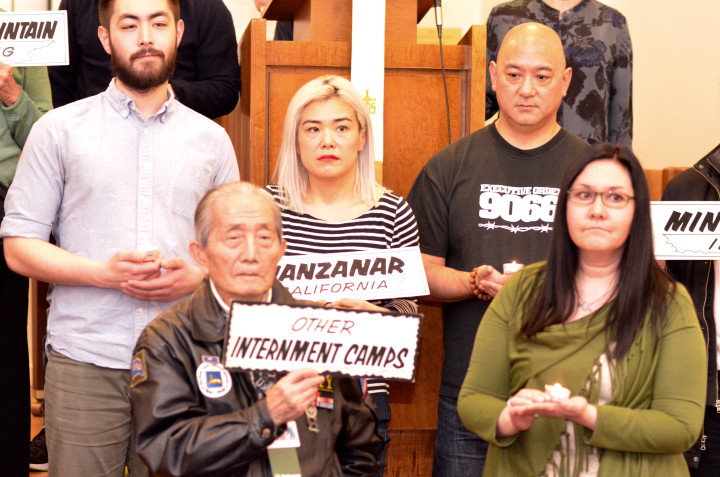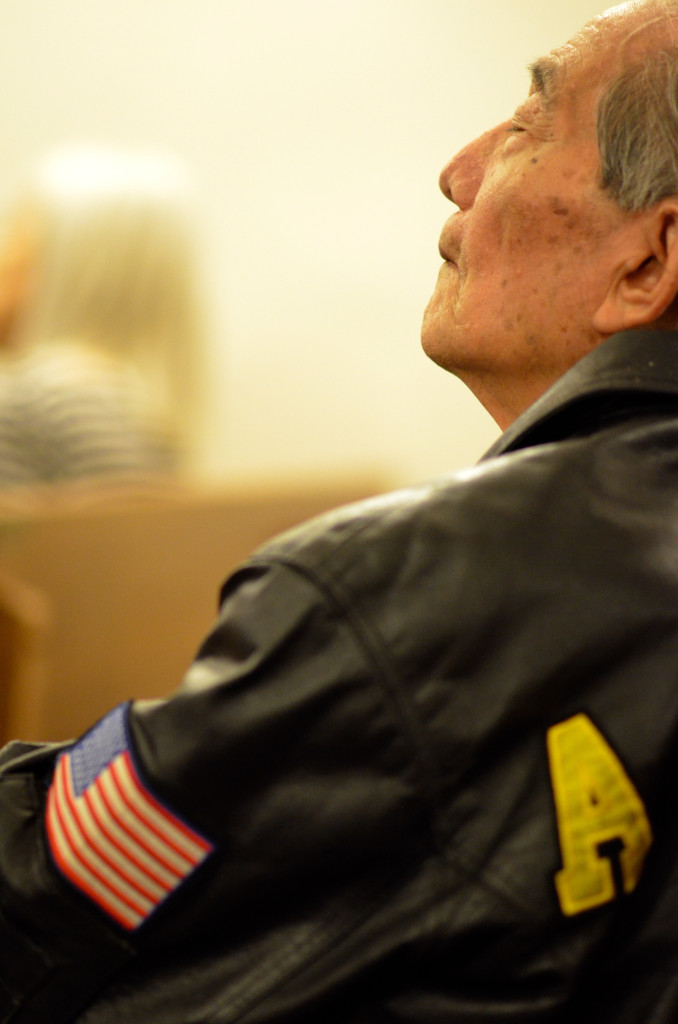

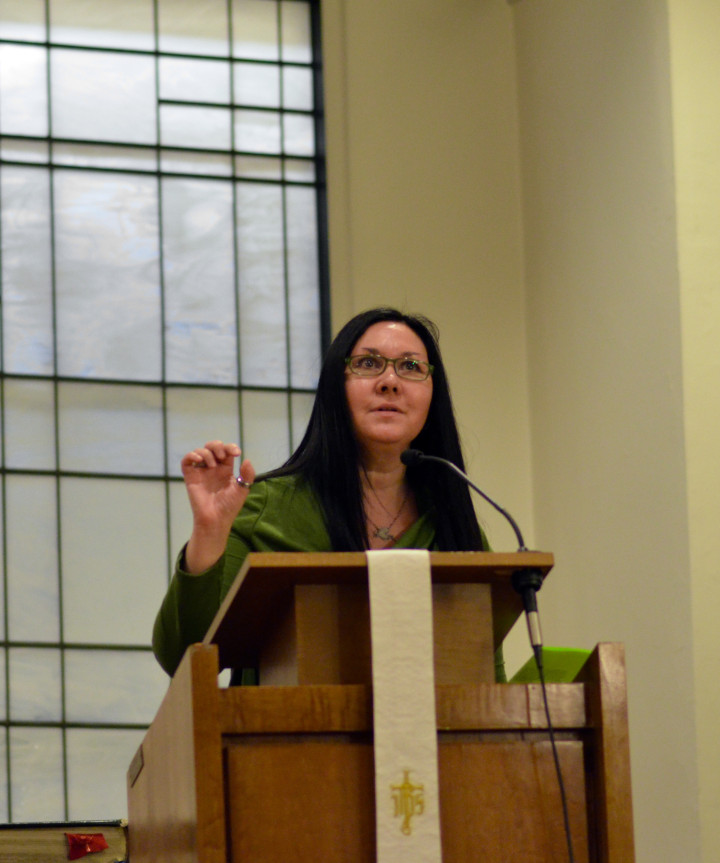
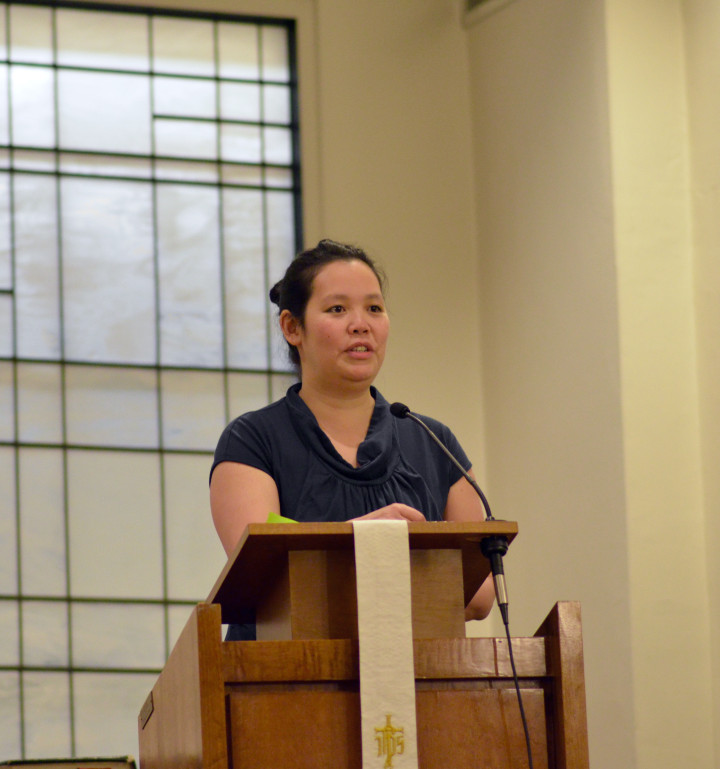

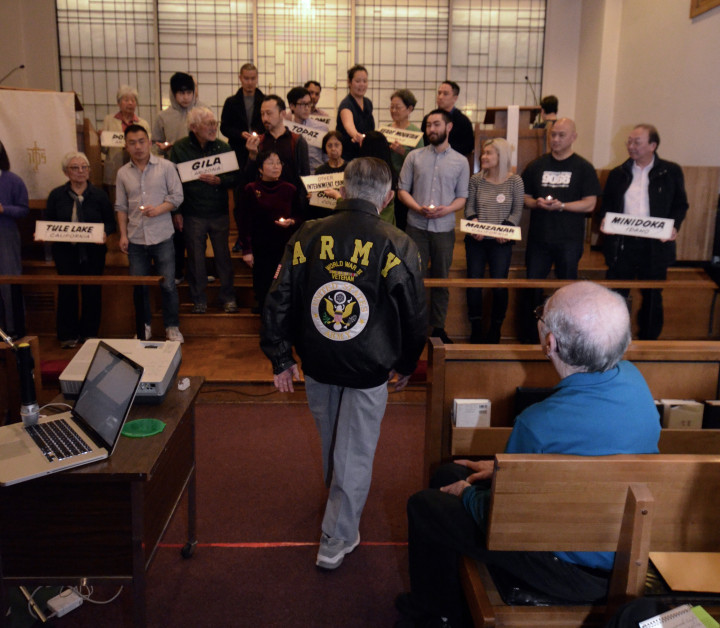
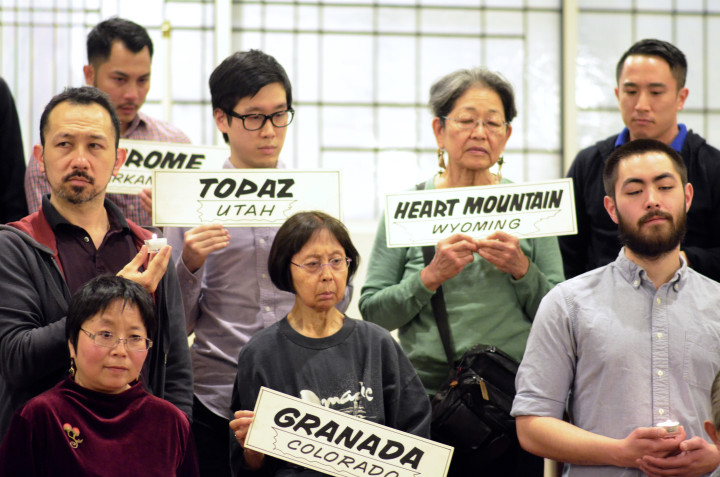

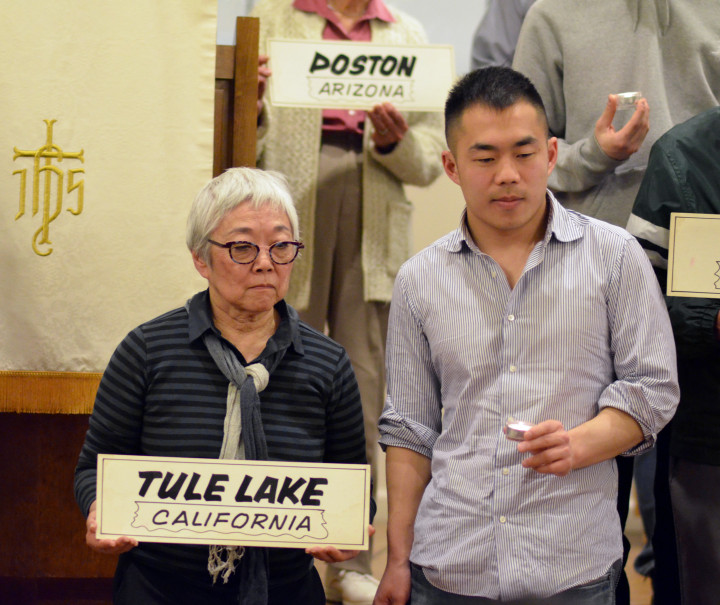
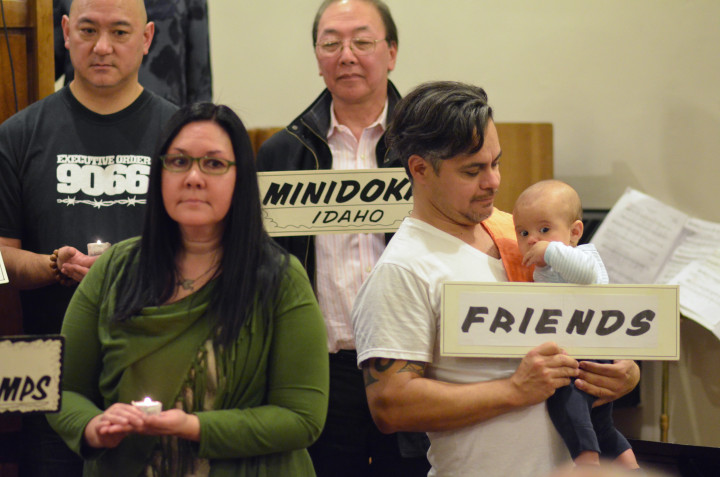

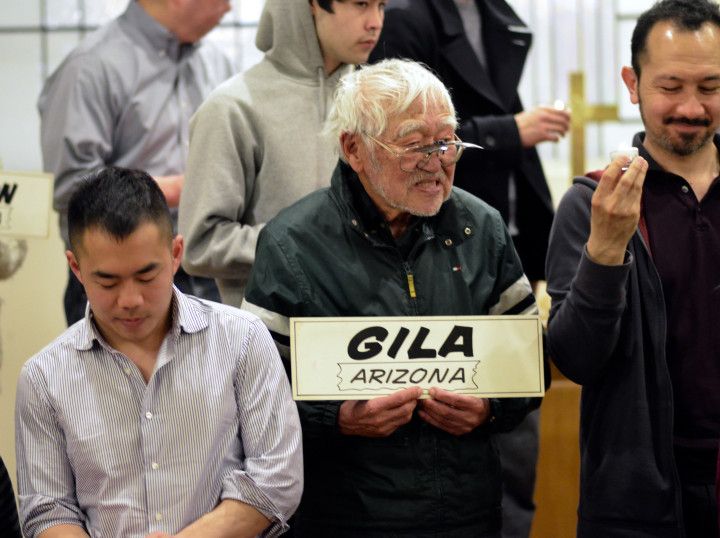
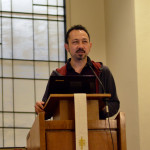
At the New York Day of Remembrance for Japanese-Americans on Saturday, March 26, people gathered at the Japanese American United Church not just to remember the past but also to understand the present moment. Film director Konrad Aderer underlined the parallels between rhetoric used against the Japanese in the US around 1942 and the discourse today used by of some of the presidential candidates against Muslims and immigrants.
On February 19, 1942, President Franklin D. Roosevelt signed Executive Order 9066, targeting Japanese Americans as threats to national security and giving the US military the right to send anyone of Japanese ancestry, including American citizens born in the United States, to internment camps. As a result, more than 120,000 men, women, and children were incarcerated in camps during World War II.
As one illustration of the level of the atrocity, Mr Aderer spoke of how the US government even took foster children (of Japanese origin) from their foster parents to incarcerate them into camps.
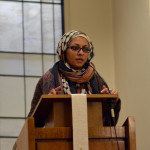
Sharmin Sadequee, a Muslim activist with No Separate Justice, described her own family situation through the unjust conviction and imprisonment of her brother, Shifa Sadequee, by the U.S. government. Sharmin is coordinating a campaign call Free Shifa (http://www.freeshifa.com) with a monthly vigil in NYC on the 1st Monday of each month.
The event continued with a powerful candle-lit ceremony where the participants stand with signs of the camps’ names along followed by a minute of silence.
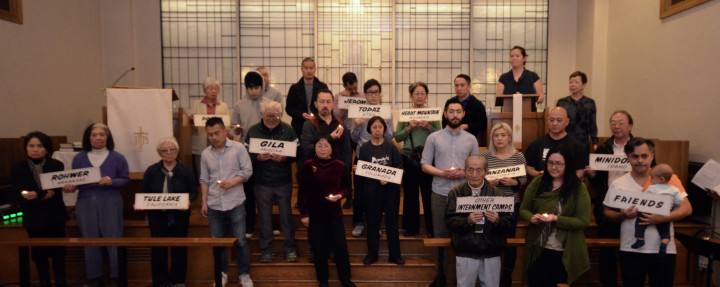
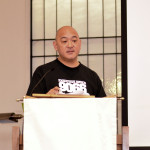
It is not an easy task to balance these very complicated issues, but Mike Ishii, one the event organizers and M.C., set the right tone in addressing this important moment of our shared history. It was done in a very Japanese way, using the past to explain the present, and in this way revealing the discourse of the current Presidential candidates as an old story.


